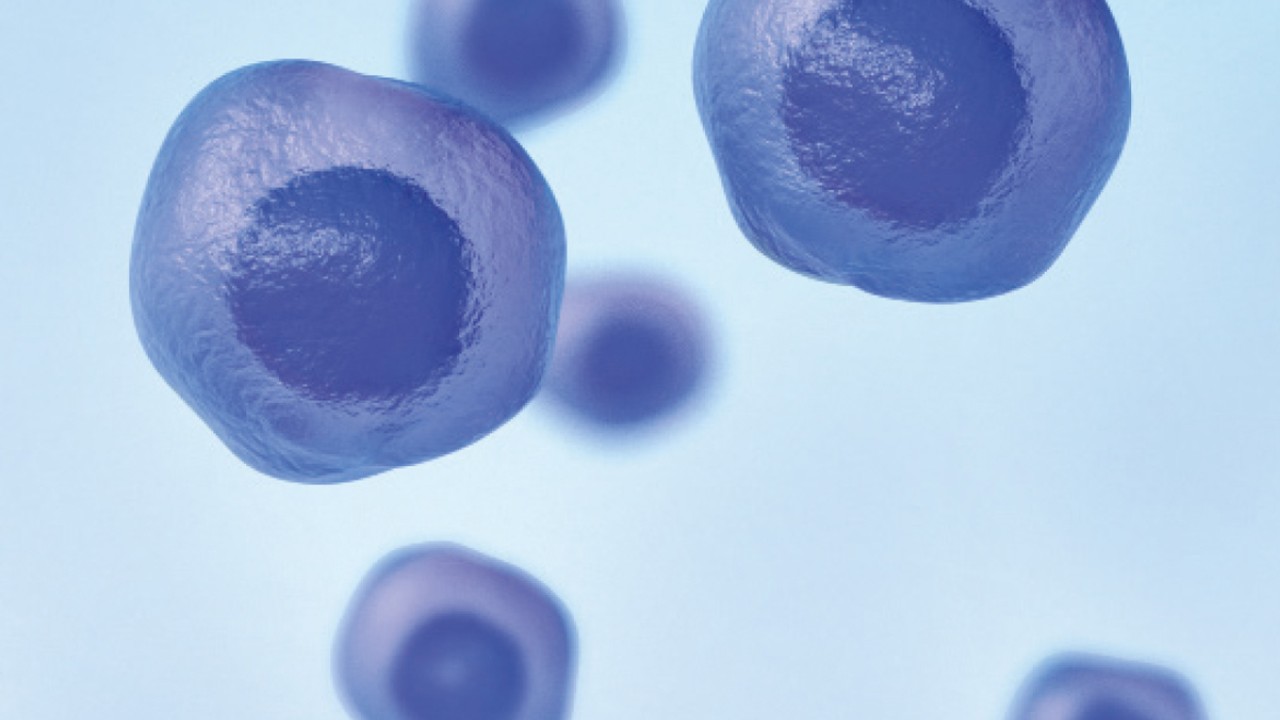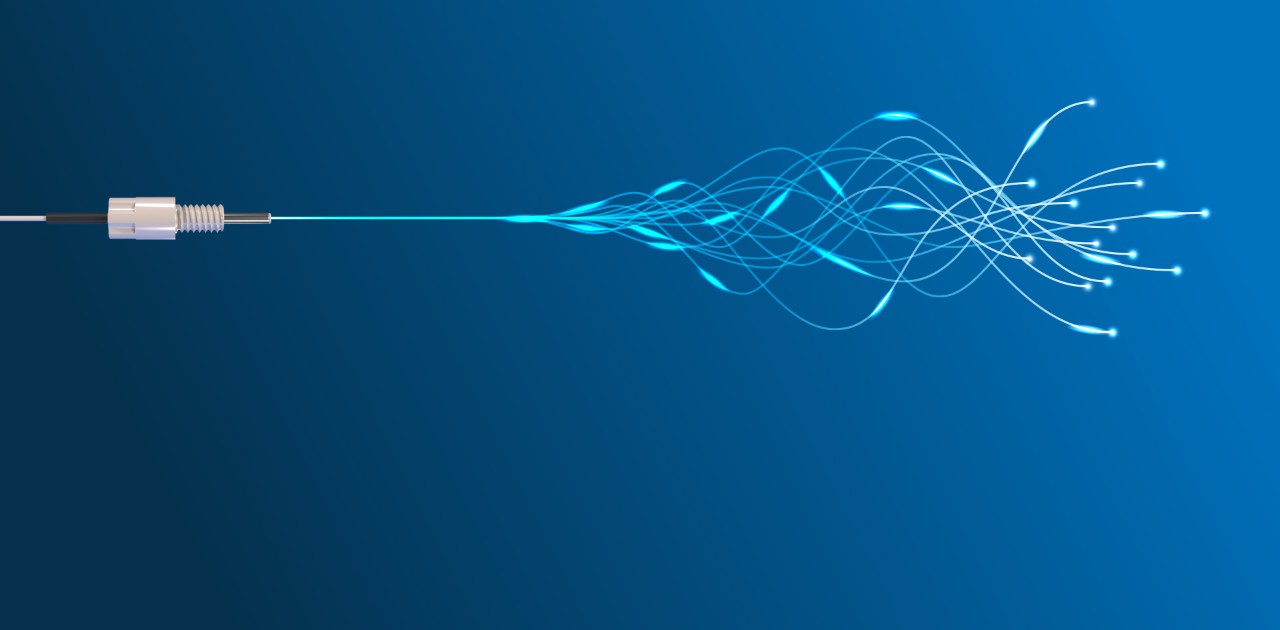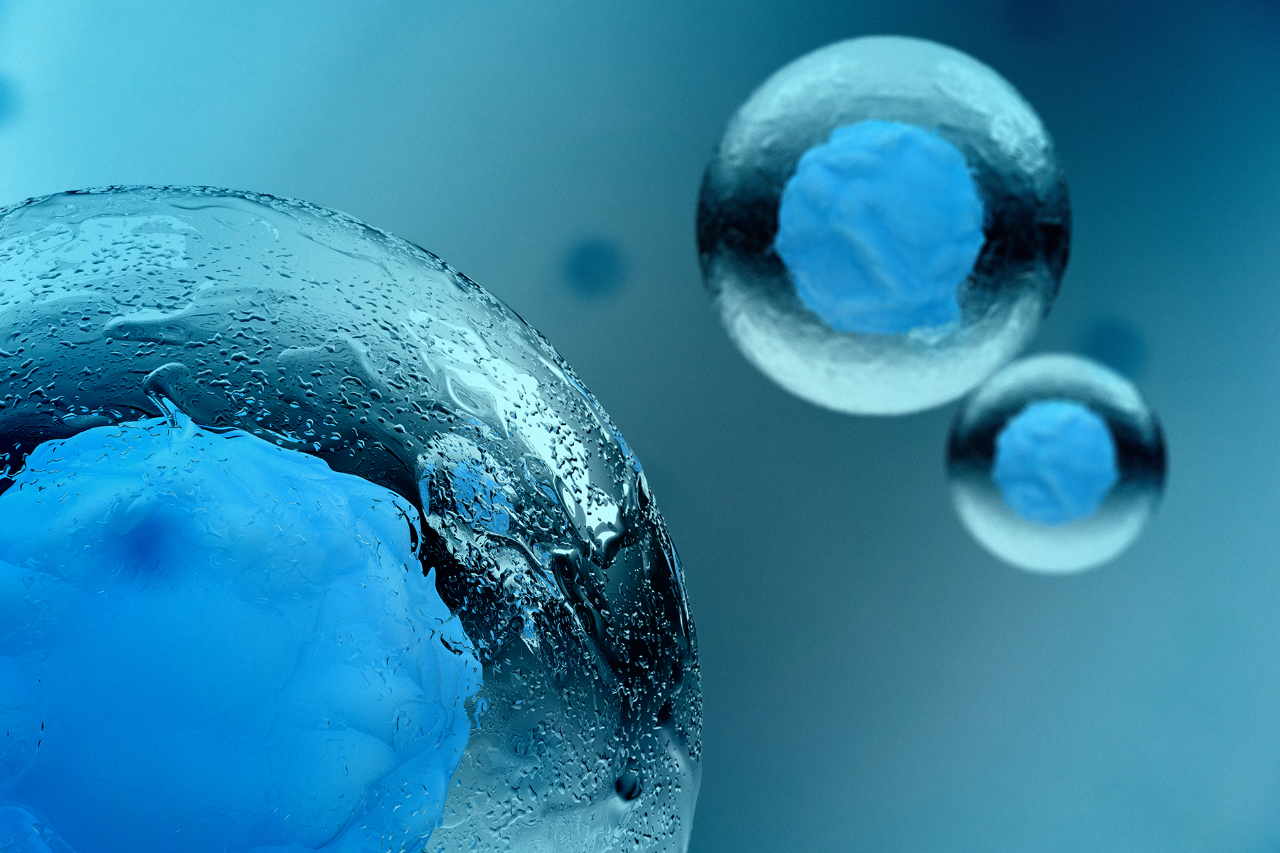

Fundamental breakthroughs in proteomics supported by PepSep®
Explore the origin of the mammalian autophagosomal membrane and inhibition by SARS-CoV-2
A study published in Cell Press highlighted fundamental discoveries in proteomics concerning the nature of autophagy. A pro-autophagosomal component formed by the merging of components that include FIP200 and ATG16L1 was termed hybrid pre-autophagosomal structure (HyPAS) and the integral role of SNARE STX17 to HyPAS formation was described.
Importantly, this research elucidated the means by which SARS-CoV-2 viral infection inhibits pro-phagophore formation by nsp6 targeting of HyPAS apparatus. This research was carried out using a range of techniques, including Bruker PepSep® separation columns, an indispensable, but often-overlooked tool in the field of proteomics.
Highlights from the research
- Proteomics is particularly important because most diseases are manifested at the level of protein activity
- Autophagy is a fundamental biological process contributing to cytoplasmic quality control and cellular metabolism and has implications for cancer, infection, metabolic disorders, aging, and neurodegeneration, yet it remains to be fully defined
- There are several key protein modules that control the pathway: FIP200 complex, ULK1/2 kinase (by mTOR and AMPK) and a protein lipidation system that includes ATG16L1
- Through subsequent stages, mammalian autophagosomes enlarge, envelope cargo and merge with lysosomes, whereby the cargo is degraded
- This paper demonstrated that FIP200 and ATG16L1 reside on two distinct sources of membranes that merge to form autophagosomes
- This is a pivotal event leading to the formation of pre-autophagosomal structures such as the hybrid pre-autophagosomal structure (HyPAS), a cellular target perturbed by SARS-CoV-2 and positioned at the crossroads between autophagy and the biogenesis of specialized coronavirus-induced compartments
- The approach outlined in this paper employed a variety of microscopy techniques and PepSep® separation columns to demonstrate overlapping compartments between FIP200 and ATG116L1
- These components turned out to be a combination of vesicular and cisternal profiles thought to be parts of nascent phagophores such as HyPAS
- Fluorescent microscopy was used to demonstrate ATG161+ derivation from plasma membrane (PM) participants in autophagosome formation and to detect mixing of cis-Golgi-derived FUP200 and endosomal ATG161 compartments
- Fluorescence was shown to increase upon autophagy induction, supporting HyPAS's role in autophagy initiation
- Another revelation of this study was the integral nature of the protein complex SNARE STX17 to HyPAS formation
- Importantly, this research elucidated the means by which SARS-CoV-2 viral infection inhibits pro-phagophore formation by nsp6 targeting of HyPAS apparatus
Key findings
- Mammalian autophagosomes are formed via fusion of cis- Golgi and endosomal membranes
- This forms a pro-phagophore termed hybrid pre-autophagosomal structure (HyPAS)
- HyPAS depends on SNARE STX17 and its interactors E- SYT2, SIGMAR1, and SERCA2
- SARS-CoV-2 inhibits pro-phagophore formation by nsp6 targeting HyPAS apparatus
Like these pioneers, you should not be held back from your proteomics breakthroughs due to column performance. Bruker products enabled these researchers to achieve illuminating results. The PepSep® columns used in this study have become an indispensable tool for proteomic analysis.
Webinar: What columns should I use in proteomics?
I made my own columns for 15 years until I started using PepSep®. They blew my columns out of the water in terms of performance so switching to them was a no brainer.
Brett Phinney, Ph.D., Director Proteomics Core Facility, University of California, Davis, CA, USA
For Research Use Only. Not for use in clinical diagnostic procedures.


